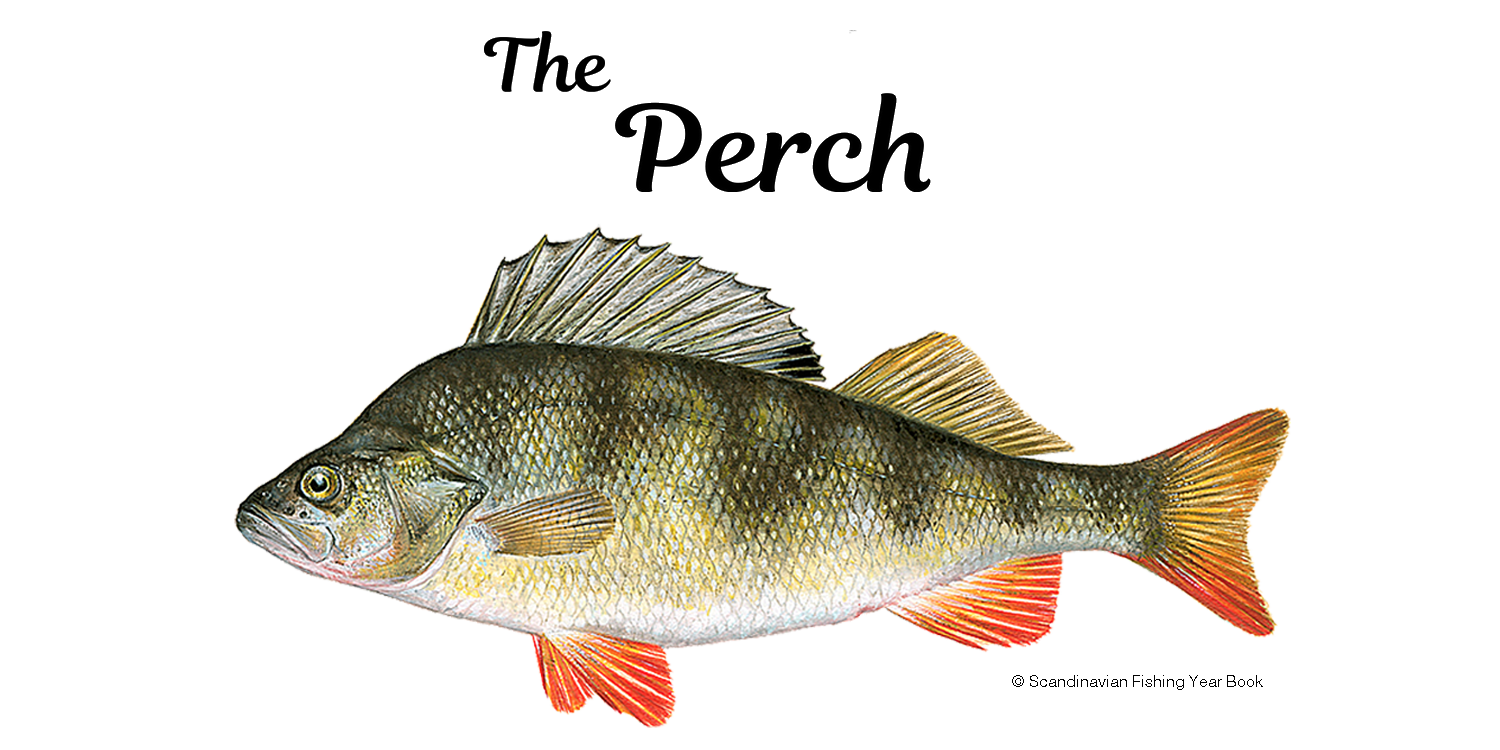At all times when fishing for Perch think like a Perch ~ no matter how weird it gets !

The exquisitely beautiful European Perch is without doubt a most impressive looking species, gladatorial in appearance with its distinctly humped back and brassy flanks broadly striped with 5 to 9 vertical bars in dark olive green hues narrowing as they sweep round to meet the creamy white underbelly.
*

